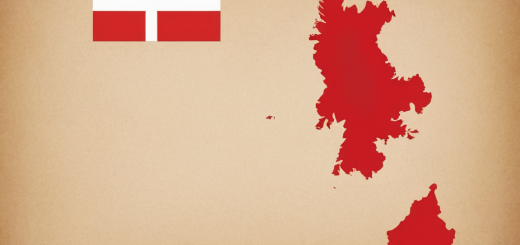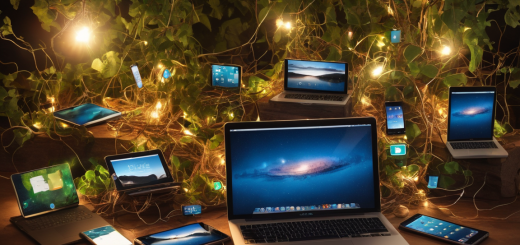The Fascinating History of Morse Code: Bridging Communication Across Time
The Intriguing World of Morse Code
The invention of Morse Code revolutionized long-distance communication, making it faster and easier than ever before. In this blog post, we’ll dive into the development, use, and impact of Morse Code, exploring how it has evolved over time to remain a relevant tool even in our digital age.
Early Days of the Telegraph and Morse Code
Before the internet, telephones, and even the telegraph, delivering messages over long distances was a lengthy process. The birth of the telegraph and Morse Code changed all that.
Creating a Universal Language
In the early 19th century, Samuel Morse and his colleagues developed a code system that used a series of dots, dashes, and spaces to represent the alphabet and numbers. This code could be sent as electrical impulses across a telegraph wire. 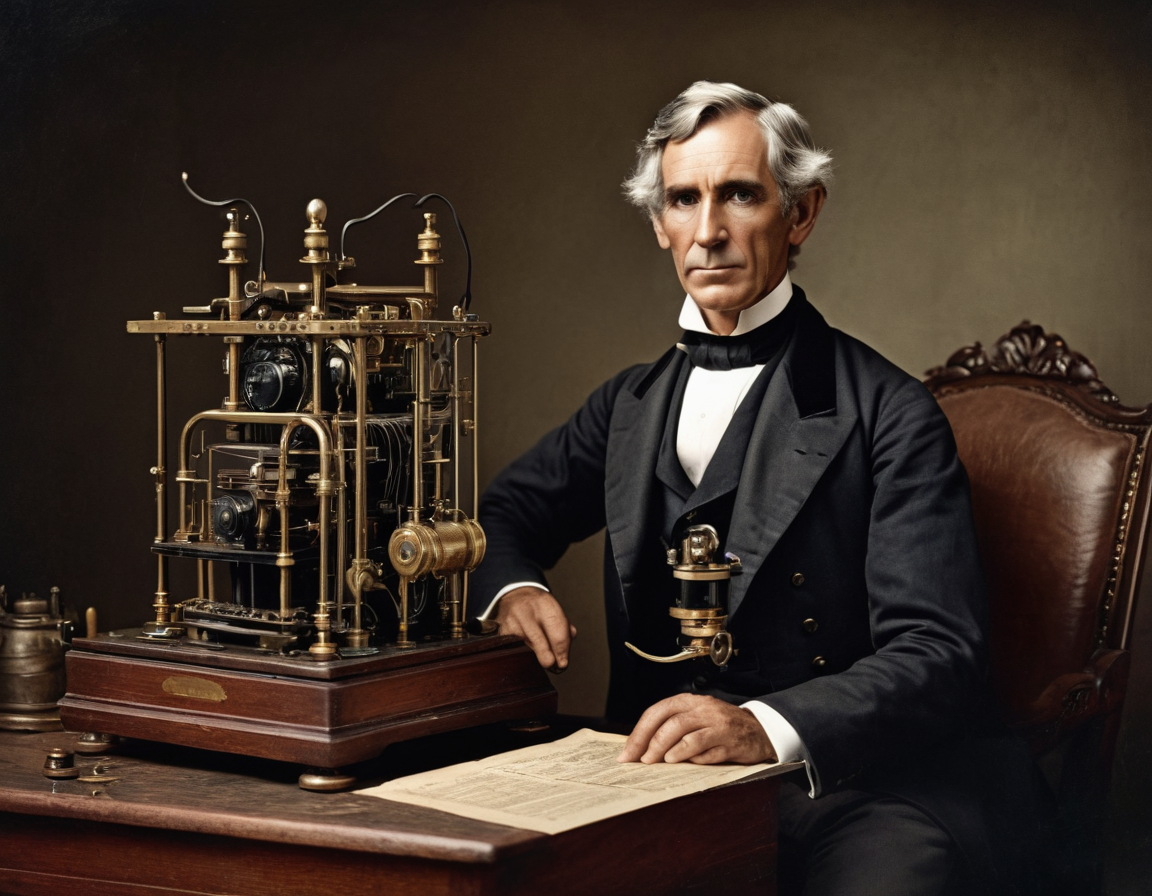
A Tech Boom
The introduction of Morse Code signaled a boom in communication technology, connecting continents and starting an information-sharing revolution.
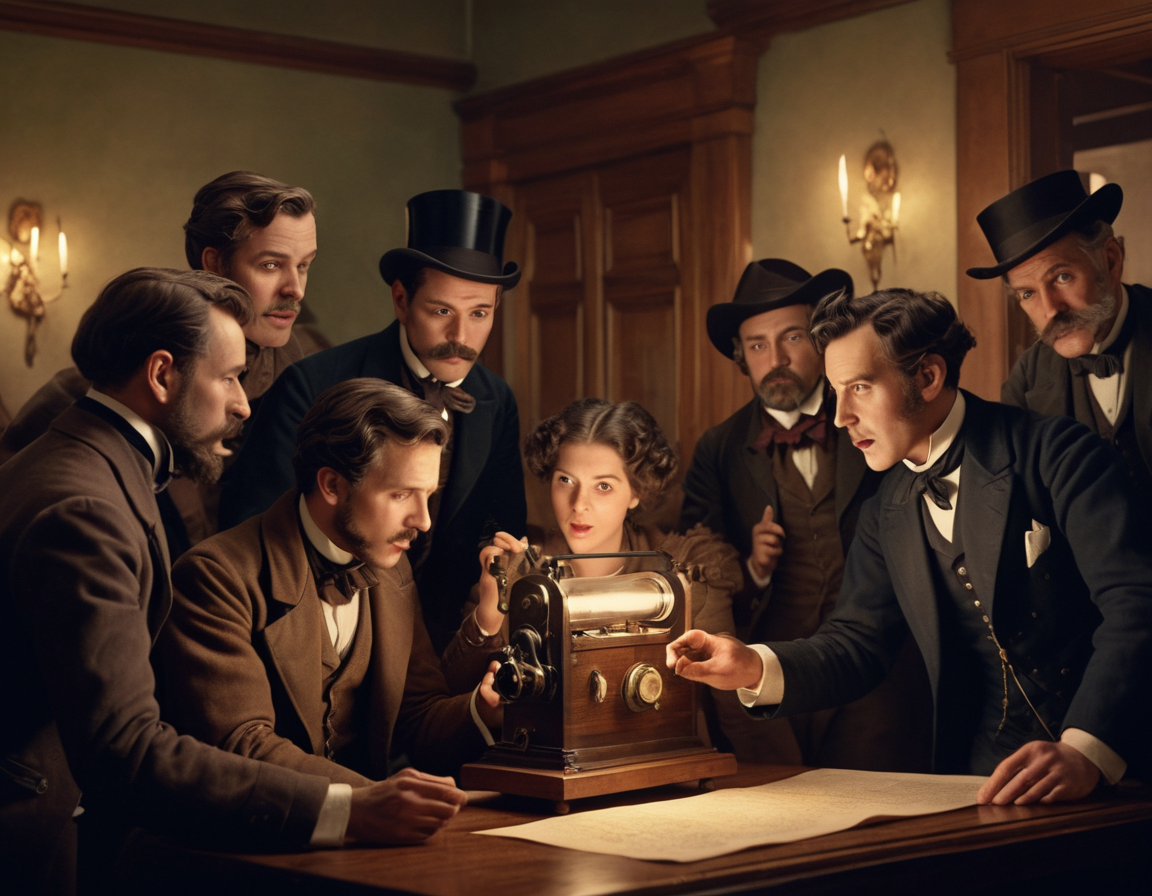
Essential to War and Peace
Morse Code was not just a civilian communication tool; it played a vital role in warfare. Military forces around the world used it to send encoded messages that could not easily be intercepted or understood by enemies.
Stepping Into the Modern Era
Even after the invention of the telephone, Morse Code continued to be a critical communication method, especially in the field of maritime safety.
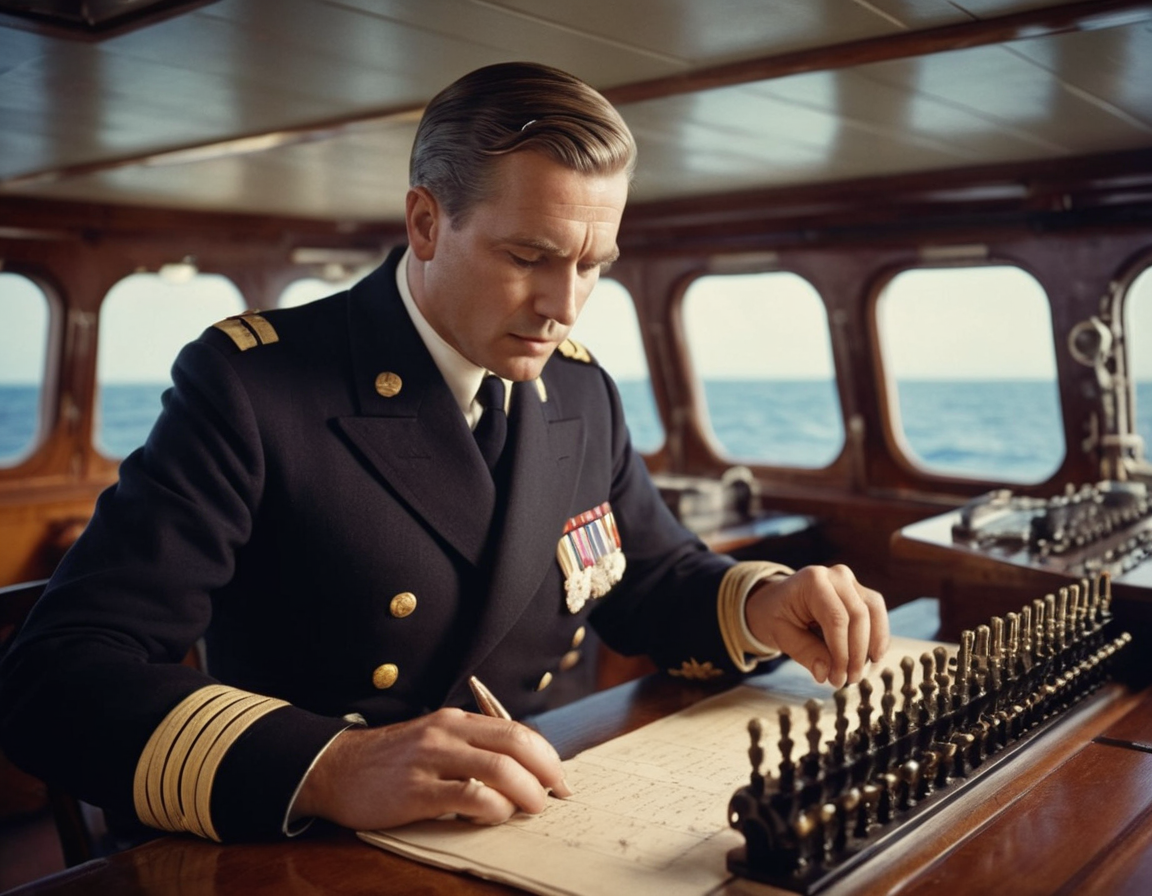
Current Relevance and Legacy
Today, Morse Code may seem obsolete with the prevalence of digital communication; however, it’s still used by amateur radio enthusiasts and has even found its way into assistive technology, allowing people with significant disabilities to communicate.
Learning Morse Code Today
Learning Morse Code can be a fun exercise in historical technology and a way to appreciate the roots of our modern communication systems.
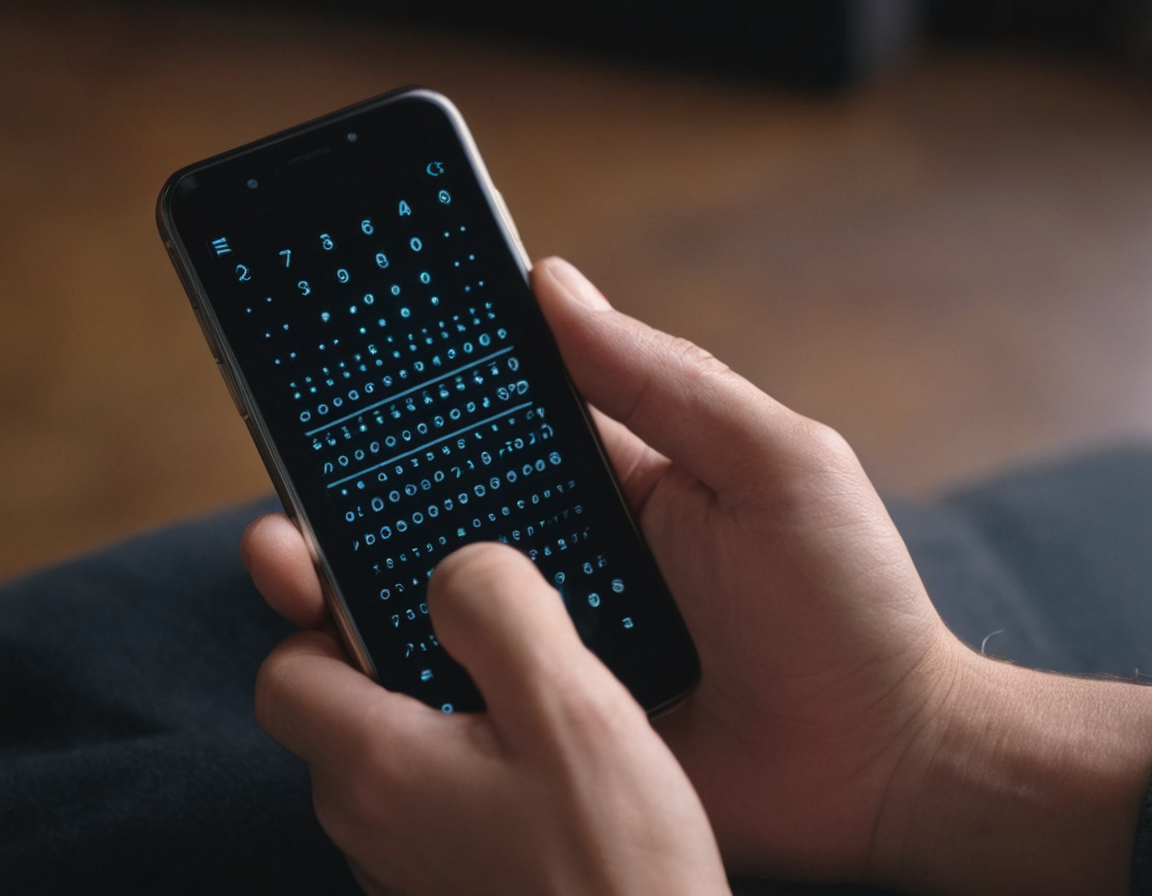
Conclusion
The story of Morse Code is one of human ingenuity and the desire to connect across vast distances. It laid the foundation for the interconnected world we enjoy today and remains a fascinating piece of our collective history.
